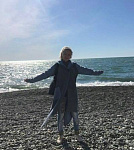Cyprus is a multifaceted and diverse country. In fact, it is beautiful any time of year. If you plan your trip correctly, your vacation here will be wonderful. Most tourists consider Cyprus to be a beach resort with a beautiful coastline.
This popular tourist destination has it all: the sea, beaches, sunny days, and water activities for every taste. However, some people love the island for different reasons entirely. Outside of the peak season, Cyprus offers tourists more than just swimming and relaxing on the beach. In spring and fall, it's the perfect time to go on excursions to local attractions, hike in the mountains, explore ancient cities like Paphos and Larnaca, and simply enjoy the warm air. Additionally, from December to May, prices are reduced, allowing you to have an affordable and enjoyable vacation. Therefore, no matter which month you choose, you will have a great time.
The Climate in Cyprus
The weather on the island is mild, offering a rare combination of long summers and mild winters. Cyprus's climate is subtropical Mediterranean: hot summers and warm, dry autumns alternate with short, wet winters. According to statistics, there are approximately 300 sunny days per year, making Cyprus one of the most pleasant places in Europe. During the peak season, the air temperature often rises to 95°F (35°C) on the coast, but the low humidity makes the heat bearable, even for tourists from northern countries.
In winter, the daytime air temperature rarely drops below 15°C, and heavy rains are infrequent and pass quickly. Even in January, you can go on walks or short excursions to cities and natural attractions. There is snow in the Troodos Mountains, where you can ski or snowboard—a rare opportunity for an island surrounded by warm seas.
The off-season (October to December and February to May) is characterized by excellent weather. There is almost no rain, it is hot in the sun during the day, and it is warm with a cool breeze in the evening. In spring and autumn, the air temperature exceeds +20°C during sunny hours, making it possible to relax on the beach, although it is no longer worth staying in the water for long.
Tip: During the off-season, the air and water temperatures are most comfortable for people with cardiovascular diseases. You can come not only to relax but also to improve your health.
The seawater is always suitable for swimming (never colder than 62.6°F). If it is warm outside, hardy people can swim. January and February are the coldest months for this activity, but some tourists still do it. It is better to choose beaches in the southern part of the island. In general, the weather in Cyprus is very stable and does not change dramatically. Any month is beautiful, and the seasons transition smoothly. This consistent climate makes a vacation in Cyprus enjoyable at any time of the year.
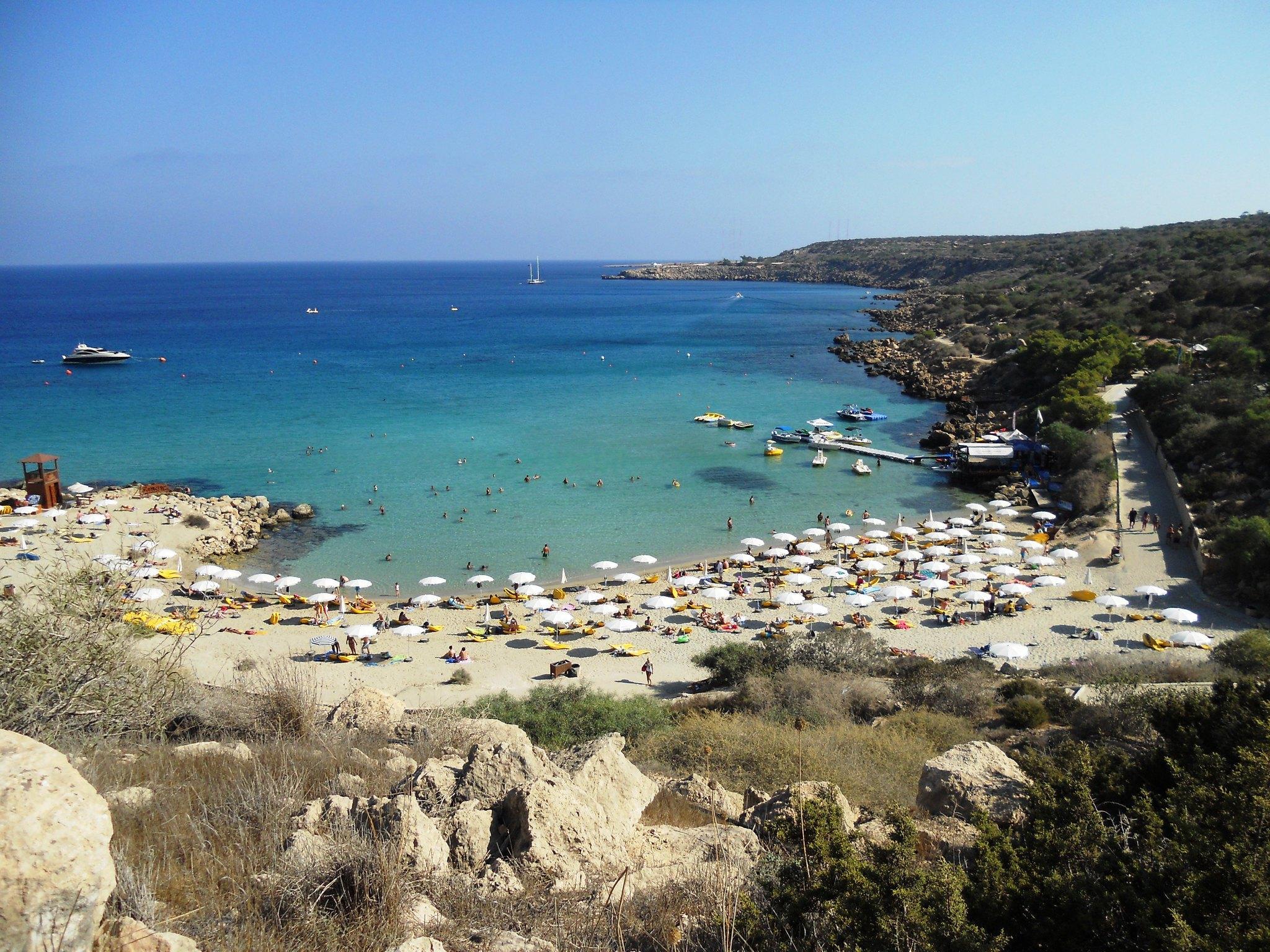
So, when is the best time to go to Cyprus for a beach vacation?
Cyprus is traditionally one of the most popular destinations in the Mediterranean for a beach vacation. Soft sand, clear seawater, and gentle slopes make the beaches ideal for those who cannot swim. The best time to swim on the island is from May to October. By the end of April, the water temperature rises to a comfortable 22°C, and by July, it warms up to 28°C.
Resorts in the southern and southeastern parts of the country, such as Ayia Napa, Larnaca, and Limassol, are the first to open for the season. Tourists start arriving in April. Paphos lags slightly behind. Its location on the western coast near the open sea makes it the coldest city. The sea warms up later in the northern areas of Paphos than everywhere else.
July and August are very hot everywhere, with temperatures often reaching over +35°C along the entire coast. Those who don't like the heat should choose the beginning of the season or September, known as the "velvet season." The velvet season in Cyprus is a special treat. The sun isn't as hot, it rarely rains, the water is still warm, and tour prices are lower than during the peak season.
Tip: It is recommended that you relax by the sea in popular resort towns or their surroundings. This allows you to take advantage of the developed infrastructure and swim at clean, well-equipped beaches.
To make your seaside vacation memorable, make a list of the island's best beaches in advance:
- Nissi Beach (Ayia Napa);
- Playa Konnos (Ayia Napa);
- Coral Bay (Paphos);
- Mackenzie Beach (Larnaca);
- Governor's Beach (Limassol);
- Dasoudi (Limassol);
- Fig Tree Bay (Protaras).
These places are ideal for taking vibrant photos and enjoying a peaceful vacation. Many families choose 10- to 14-day tours of the island so they have time to swim and go on excursions to nearby towns. For those looking to save money, here's a tip: Plan your trip for June or September when it's still warm, there are fewer tourists, and hotel and tour prices are lower than during peak season.
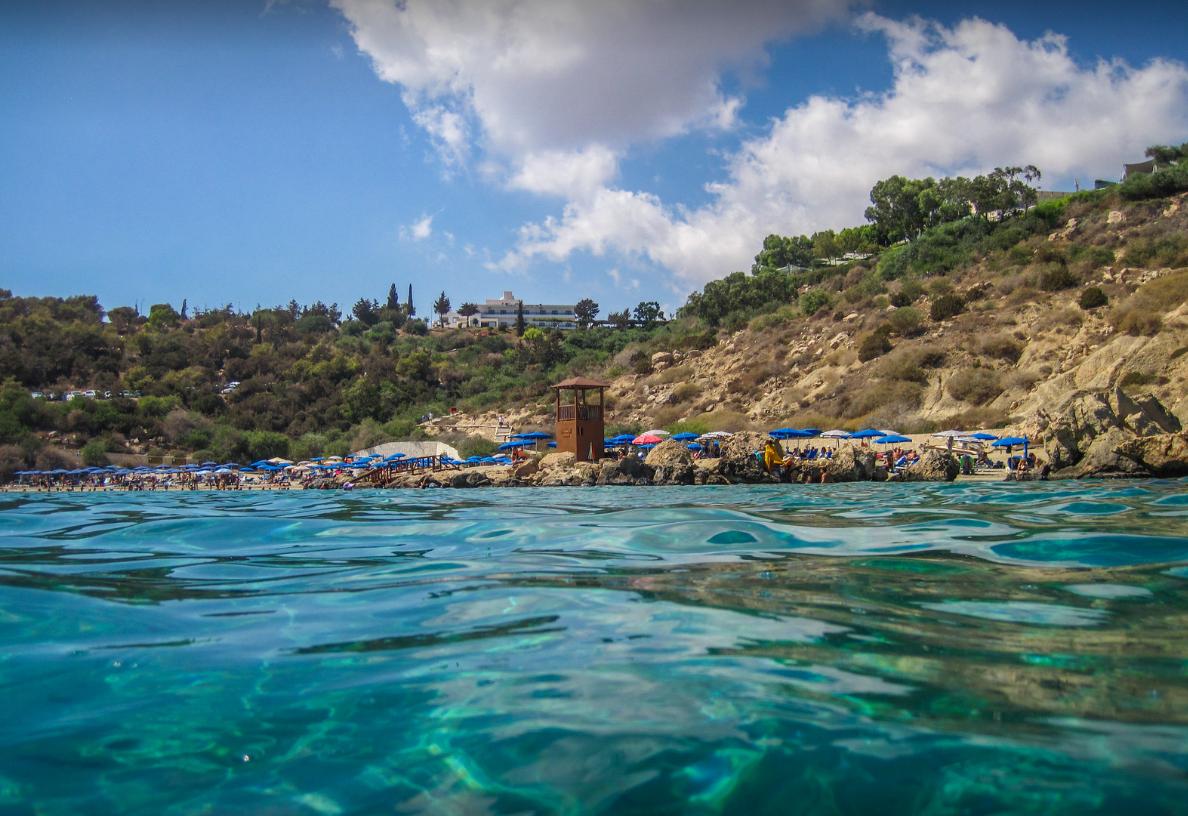
Off-season in Cyprus is ideal for active recreation
As the beach season on the island comes to an end, it reveals another side: quiet and cozy. From October to March, it's pleasant to walk, go on excursions, explore mountain trails, and visit Cypriot villages. The off-season is the best time for active recreation because it's not as hot, the air is fresh, there are fewer tourists, and the mountains beckon with their picturesque trails and panoramic views. Many people engage in agritourism or take food tours during this period to relax away from noisy resorts.
Sightseeing
Traveling to the island's ancient cities is another reason to visit during the cooler months. Paphos, for example, is an open-air museum city listed as a UNESCO World Heritage Site. Temple ruins, mosaics, and ancient theaters are accessible year-round.
Ayia Napa is known for its beaches and ancient monasteries, which are easily accessible on sightseeing tours. For something unusual, plan a trip to Cape Kavo Greko. There are also beautiful beaches there. You don't have to swim; you can simply admire the sea or take a boat trip.
In the fall, tourists often take tours deep into the countryside, where unique castles and ancient churches have been preserved in the mountains and foothills. The best months to travel are October and November, when it is still warm but not hot. You can also catch local festivals and agricultural fairs at this time, which is a great opportunity to take atmospheric photos and try traditional Cypriot cuisine.
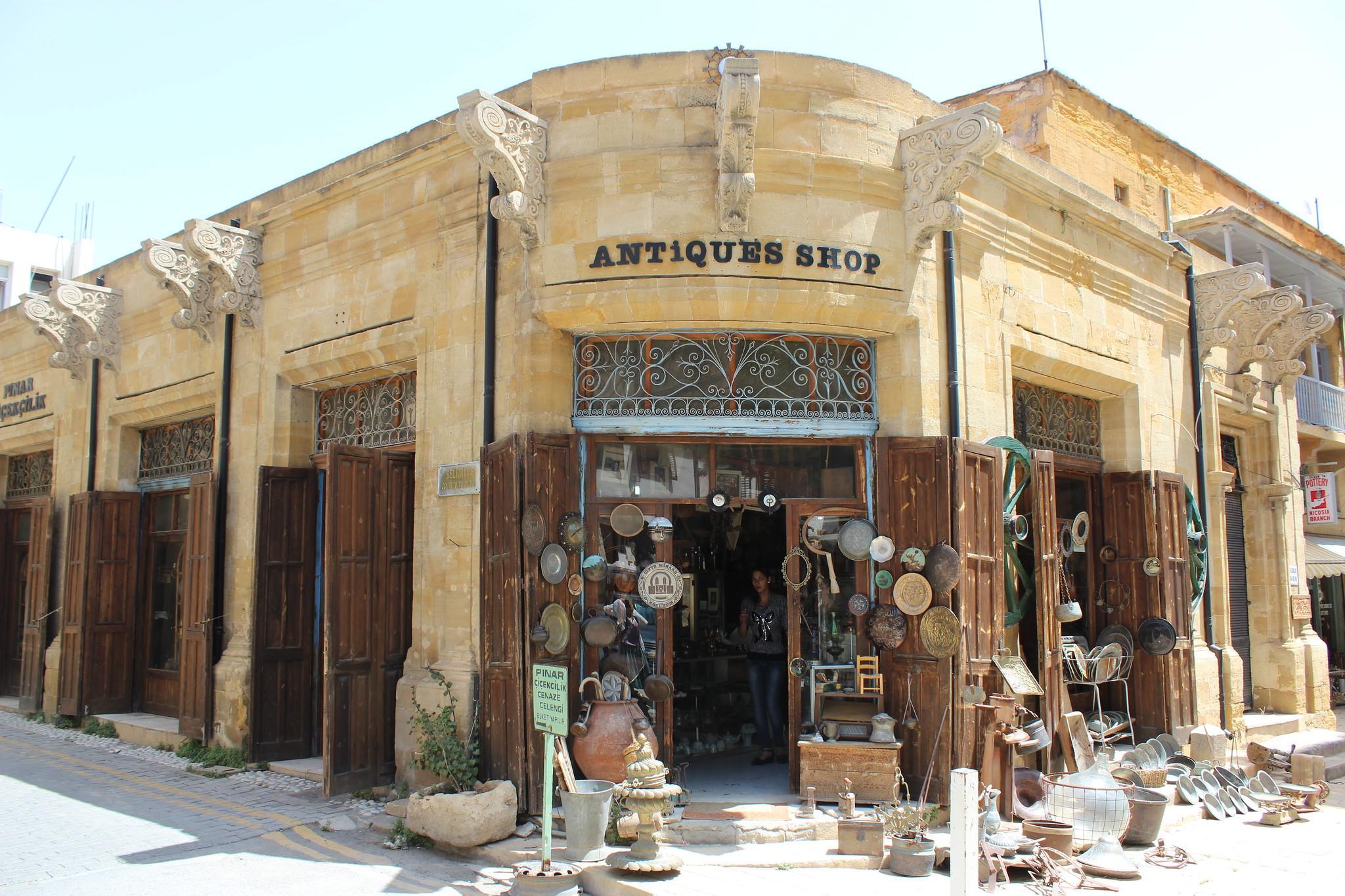
Agritourism
Agritourism is becoming an increasingly popular destination for those tired of classic beaches and noisy cities. Of course, there is no sea in the villages, but you can rent a cozy guesthouse and spend a few days surrounded by vineyards and olive groves. Here, tourists can experience Cypriot life and cuisine. In the villages near Larnaca, you can learn about unique crafts, such as: Lefkaritika and Lefkaritika silverwork.
The Paphos region is famous for its wineries, which offer excellent wine tastings, and in Troodos, you can find family farms and cheese factories that offer tours in addition to ancient monasteries. Many tourists consider agritourism to be the best way to relax and experience authentic Cyprus
Gastro-tourism
Cypriot cuisine blends Mediterranean traditions with Middle Eastern flavors. Fresh fish, grilled meat, meze, and sweets are even more delicious when enjoyed in a tavern owned by a local rather than in a trendy restaurant.
Excursion tours to farms and wineries run from early spring to October or November. Foodies often plan their trips in April or May when nature is in bloom and the produce is fresh. Combining gastronomy with sightseeing is a great way to have an interesting vacation and discover new places on the island.
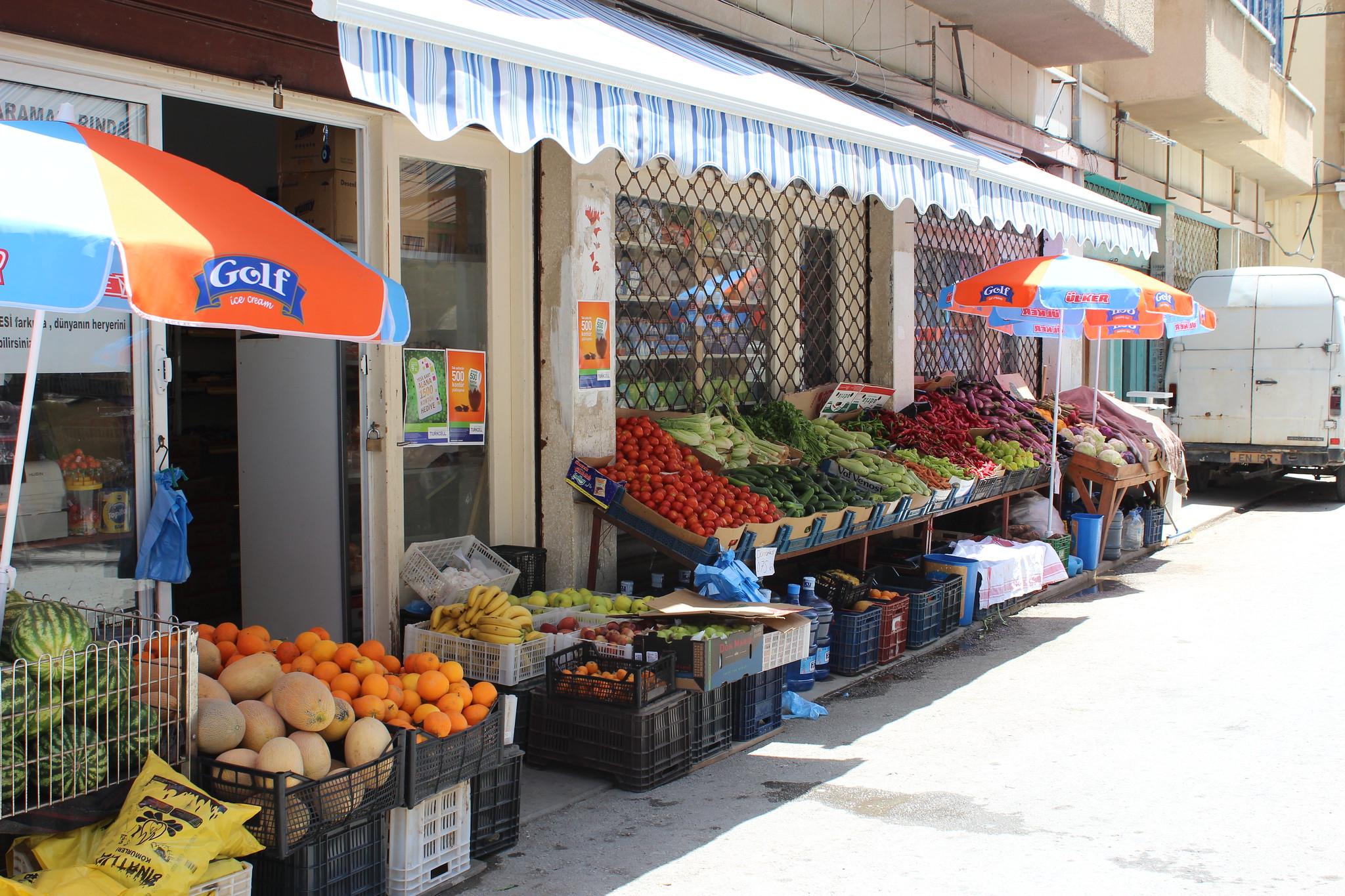
Nature walks and camping
In spring and autumn, the island's nature is especially beautiful. Troodos and the coastal areas of Cyprus are ideal places for hiking and camping. Moreover, the weather is perfect for this activity. In Troodos, the air is cool even in the summer, so Cypriots vacation there instead of going to foreign resorts. The most comfortable time for hiking is from April to October. During this period, you can see mountain streams and waterfalls.
Camping enthusiasts choose the coast, pitching their tents right on the beaches next to the clear seawater. It's cool at night but still warm and sunny during the day. Many tour operators include camping in their tours. Such a trip lasts three to four days and is suitable for families with children. If you're looking for adventure, local guides can offer tips on where to go to take the best photos.
Tip: Camping helps you save money on hotels. Campsites are very inexpensive, so for experienced travelers, camping is the best way to visit Cyprus and spend as little money as possible.
When is the best time to visit Cyprus with young children?
It is best to vacation on the island outside of peak season when it is not sweltering hot or windy, and the weather is mild. The best times for family trips are from mid-May to mid-June and from late August to late September. During these months, the weather is wonderful, the sea is warm, and the beaches are not crowded. The air temperature reaches 77-81°F, and the sea temperature is 72-77°F. It is quite hot during the day and just warm in the evening.
Families most often choose the resorts in Paphos, Protaras, and Limassol. There are many hotels with children's facilities and reasonable prices. These hotels often offer water parks, kids' clubs, excursions, and babysitting services. Many families take 10- to 14-day tours so their children can get used to the new place, country, and climate.
People often consider the cost of the trip because it is more expensive to vacation with the whole family than alone or as a couple. The off-season is a great time to save money. Prices drop, especially for accommodations, and resort destinations become more affordable.
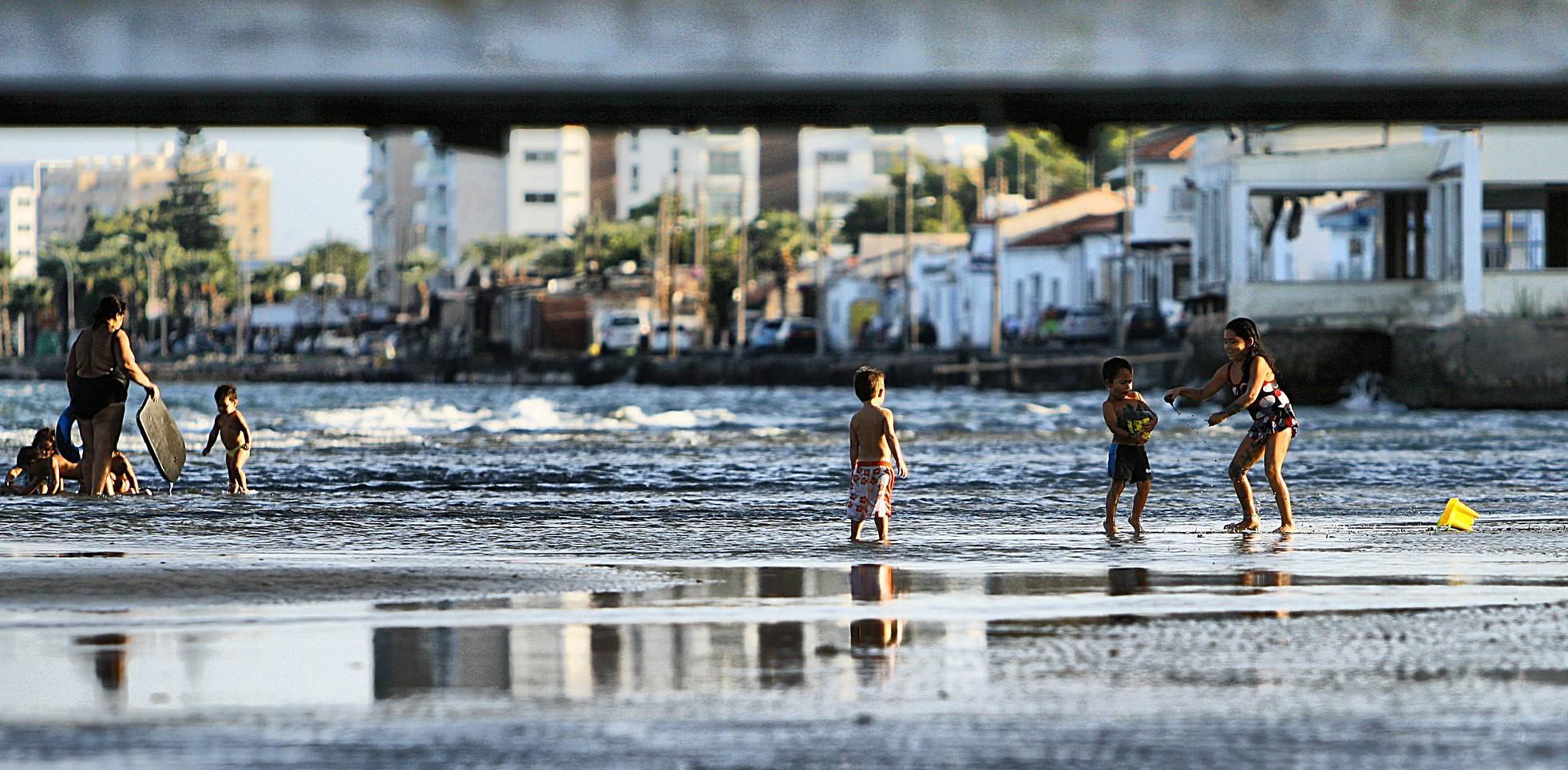
Is it worth going to Cyprus in the winter?
Cyprus has a different atmosphere in winter. Beach holidays are out of the question — the water temperature drops below 18°C, and only the bravest dare to swim. However, winter is a great time for hiking, sightseeing tours, and skiing in Troodos. December and February are usually the rainy season, but the showers are short and won't interfere with your plans.
Tip: Prices for entertainment and accommodations drop significantly in winter. Even fashionable resorts welcome guests at reasonable prices, and the cities become less crowded.
All the main attractions and museums are open year-round. Therefore, you can stay in the heart of Larnaca, Paphos, or Limassol to immerse yourself in Cypriot history.
Many tourists combine their trip with gastronomic tourism or visits to Cypriot or church festivals in winter. The advantage is that hotel and tour prices are significantly lower, so it makes sense to take a couple extra days. If your priorities are low prices and exploring cities or villages rather than hot weather, it is definitely worth visiting Cyprus in the off-season. Noisy resorts quiet down at this time of year, leaving behind peaceful places with an authentic Cypriot flair.

When should you go to Cyprus to not overspend?
If saving money is your goal, Cyprus is a great place to do so. The best prices for tours are from late October to early April. During this period, the island is quiet, the weather is pleasant, and it is not the high season. You can enjoy a wonderful vacation with short tours or excursions or a longer stay. February is the most advantageous month: last-minute deals and low prices are most common. If you ask the locals for a few tips, you can find the most interesting routes. During the off-season, many opt for gastronomic or agritourism, combining comfort with savings.
Therefore, Cyprus is worth visiting not only during the high season in resort towns. You can enjoy more than just a beach holiday on the coast; you can also go on sightseeing tours. Tourists can visit attractions, go on excursions to the mountains and villages, and enjoy trekking and other outdoor activities. Even in the winter months, this small country is sunny and warm, and if it rains, it doesn't last long.
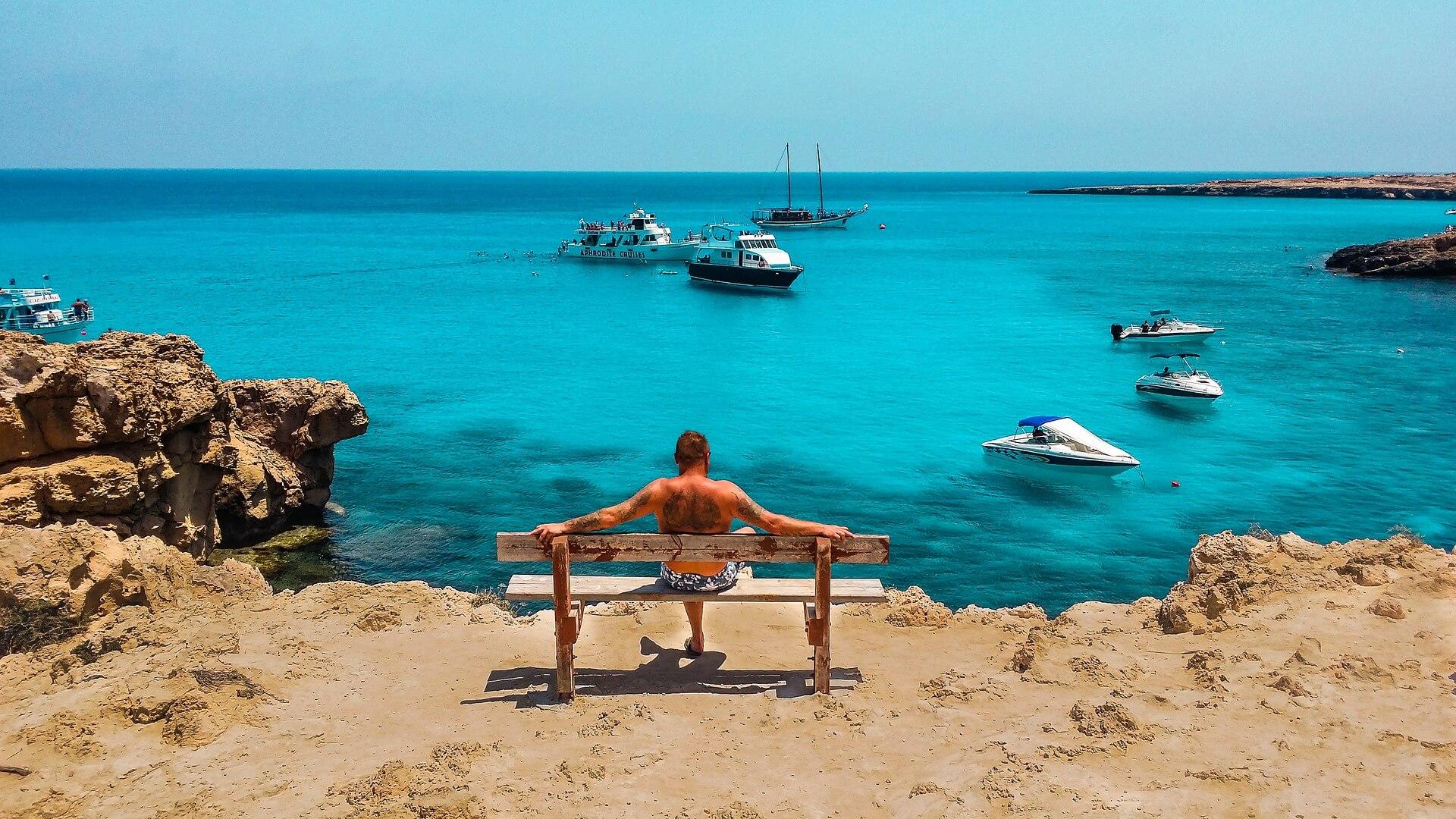
Read also:

